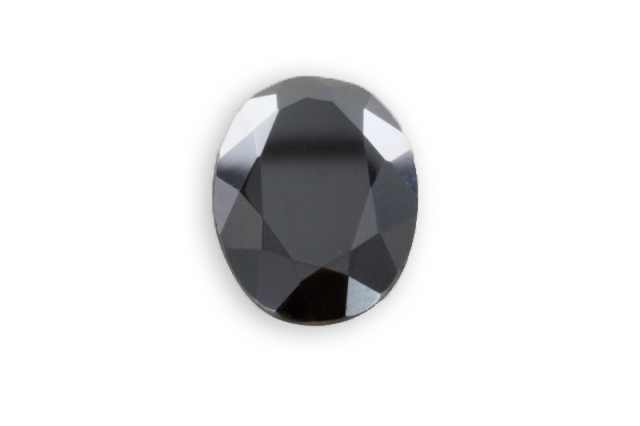
Aries
Je vous emmène à travers mes vidéos découvrir mon expérience acquise depuis plus de 30 ans a silloner le globe entier à la recherche de pierres précieuses, de rencontre mémorables mais aussi de difficulté parfois …
actualités
Categories

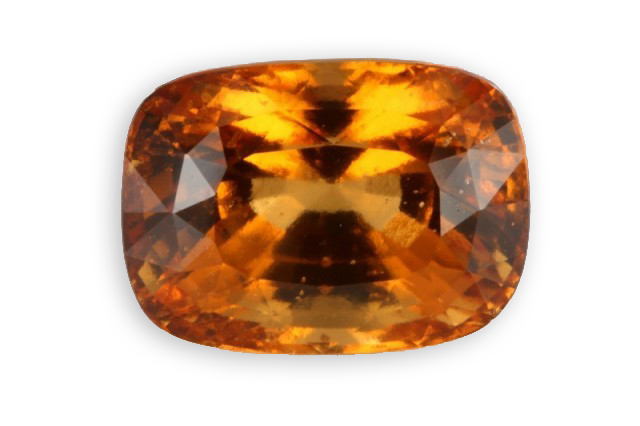
orbicular diorite
Successively described and analyzed by many specialists since 1851, its a mixture of feldspar, hornblende, biotite (black mica) and quartz. It is considered an intrusive rock with a texture similar to “granite”, the term “granite” designating a hard stone used in civil engineering. The matrix
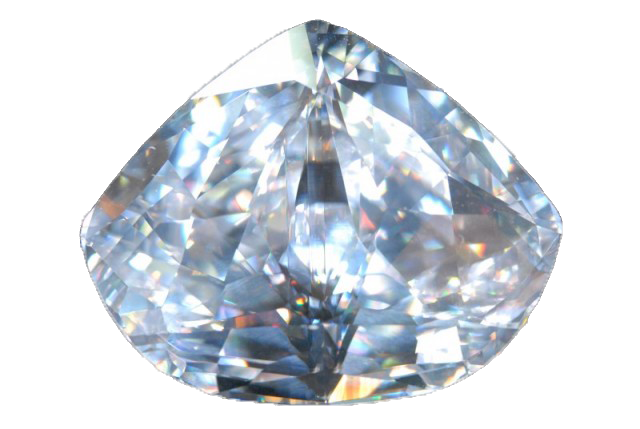
diamond
This gem, the best known and most prestigious, is named after its hardness, “adamant” in Greek, which means unconquerable because there are no known naturally occurring minerals that are harder than it. Pure and white, it has an incomparable brilliance, and it sparkles in all
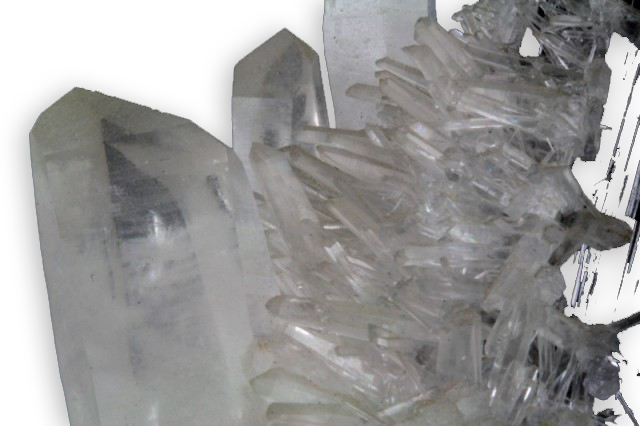
rock crystal
The name quartz comes from a slavic word meaning “hard”. Rock crystal comes from the Greek “krystallos” meaning ice, because the ancients believed that it was “eternal ice”. It is a mineral, often regarded as a rock as it is widespread in various aspects and
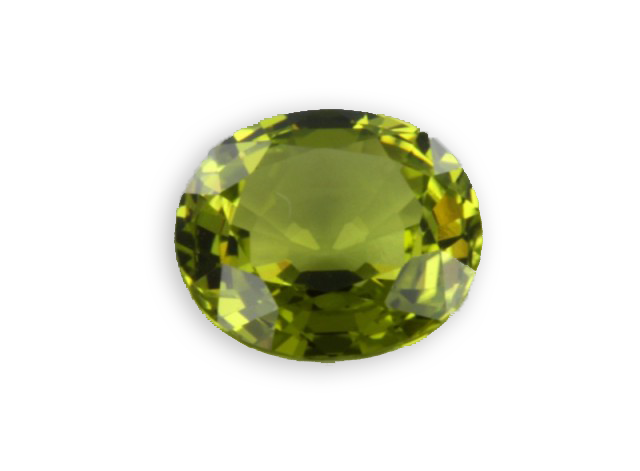
chrysoberyl
Known since antiquity as a “golden beryl”, its name derived from the Greek “khrusos” for gold. Two popular varieties are appreciated gems: the golden yellow variety and the red / green which is called alexandrite. Most chrysoberyls are golden – yellow to brown – green


